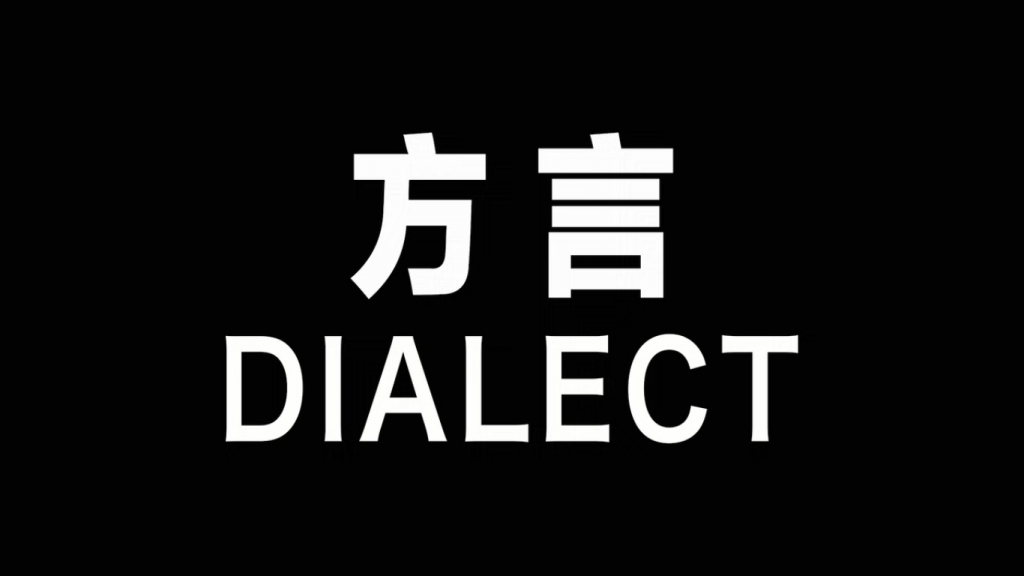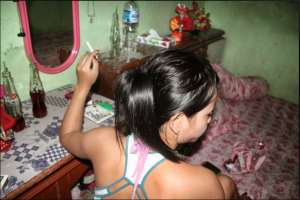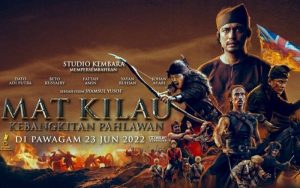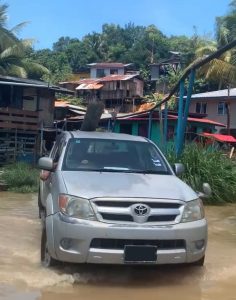by meixiu
My extended family finally made a WhatsApp group. Although everyone speaks Cantonese, my aunts, uncles and cousins communicate primarily in English via WhatsApp. On some occasions, they use voice notes to record themselves speaking in Cantonese. Other times, they resort to typing in loosely romanized Cantonese. This is how my family navigates not knowing written Cantonese.
My paternal side is Hokkien, eventhough no one knows how to speak it. My maternal side is Hakka, though many eventually learned Cantonese later in their life as Cantonese was the lingua franca of Malaysian Chinese in Kuala Lumpur and Ipoh. This was before vernacular schools drove the shift to Mandarin Chinese.
Barnes’ report in 1951 suggested the government should unify schools with Malay or English as the main language, while Chinese and Tamil would be taught as subjects. This suggestion was eventually incorporated in the Education Ordinance of 1952. The same year, the Fenn-Wu report was submitted. William P. Fenn was the associate executive secretary of the board of trustees for a number of institutions of higher learning in China. He and Wu Teh-yao, then an official at the United Nations, were invited by the federal government to conduct a study of Chinese schools in Malaya. This study became the Fenn-Wu report. [1] It was critical of the Barnes report and advocated for Chinese as a cultural language, promoting trilingualism.
On my maternal side, this shift to Mandarin Chinese was apparent. My mother was the last person educated in English as the medium of instruction before national secondary schools moved to Malay in the 1970s. My grandparents decided to send my younger uncles to Chinese-medium schools. By the 80s, the Selangor Chinese Chamber of Commerce and Industry launched the Speak Mandarin Campaign in Malaysia in 1980 and 1985, following the Singaporean government’s own campaign launched in 1979. This trend carried on to my cousins who went to a vernacular Chinese school at primary level and eventually went to a national secondary school rather than an independent Chinese school, thus becoming trilingual while I remained a banana as my mother is. My paternal side, on the other hand, did not prioritize education as much and hence did not experience this jarring split between “Chinese dialect” and “Mandarin Chinese” within their family like my maternal side did.
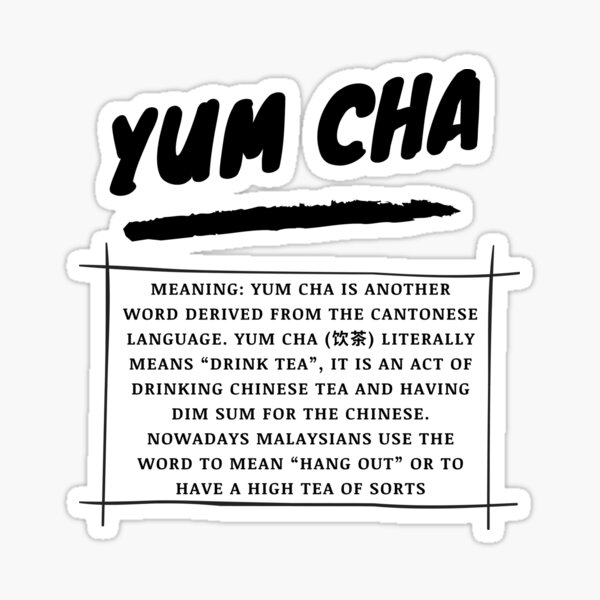 There have been concerted efforts to preserve Penang Hokkien due to its connections to the Peranakan community. It has also been recognized as a disappearing language. However, others dialects like Kuala Lumpur Cantonese, Sabahan Hakka, Sarawakian Hokkien and so on are not so lucky. These regional dialects have developed their own unique identity in Malaysia given exposure to other languages. There are endless Malay, Hokkien, Hakka, English and Tamil words in Malaysian Cantonese, such as 蘇嗎 (su1 ma1), from “semua”, while Hong Kong uses 全部 (chyun4 bou6). There is also bak1 sak1 from “pasar” while Hong Kong uses 市塲 (si5 ceong4). In true rojak fashion, you can also sprinkle Cantonese words in between non-Cantanose words. For instance: kacau can become kalan2cau.
There have been concerted efforts to preserve Penang Hokkien due to its connections to the Peranakan community. It has also been recognized as a disappearing language. However, others dialects like Kuala Lumpur Cantonese, Sabahan Hakka, Sarawakian Hokkien and so on are not so lucky. These regional dialects have developed their own unique identity in Malaysia given exposure to other languages. There are endless Malay, Hokkien, Hakka, English and Tamil words in Malaysian Cantonese, such as 蘇嗎 (su1 ma1), from “semua”, while Hong Kong uses 全部 (chyun4 bou6). There is also bak1 sak1 from “pasar” while Hong Kong uses 市塲 (si5 ceong4). In true rojak fashion, you can also sprinkle Cantonese words in between non-Cantanose words. For instance: kacau can become kalan2cau.
With the 2019 Hong Kong protests, there was an eruption of discussion especially among the Malaysian Chinese community. A friend pointed out that many times, support for the Hong Kong protestors came down to whether you knew Cantonese or Mandarin as pro-democracy papers from Hong Kong were typically in Cantonese while pro-China news was evidently in Mandarin. The theory held true for my extended family. This said, there are still some gaps as Hong Kong slogans like 光復香港,時代革命 (gwong1 fuk6 hoeng1 gong2, si4 doi6 gaak3 ming6) made no sense to my parents, especially due to their political context. The protestors themselves have translated the phrase as “Hong Kong Restoration, Age of Revolution” before settling for “Liberate Hong Kong, Revolution of our times”. 革命 (gaak3 ming6) was also a word hardly used within Hong Kong prior to the slogan, but it has since become a main feature of the protests after the 721 Yuen Long attacks and the stand-off at Sheung Wan.
The political uprising in Hong Kong shows how the locals reassessed and played around with their language. On top of that, Cantonese romanization was also increasingly employed to localise their identity and ideas (and reflect the trilingual and biliterate policy Hong Kongers grew up with). Take for example the 2014 Umbrella Revolution where the unofficial Chinglish motto of the movement is “Hong Kong, Add Oil!”. Various news outlets such as localist magazine 100毛 demonstrated the increased use of the wider linguistic phenomenon Chinglish/Kongish […] which uses loose Cantonese romanisation, code-mixing and Hong Kong English to caption and share news updates in line with an understated localist agenda.” [2]
Another aspect of the protests was the consistent affirmation of “Chinese dialects” in Malaysia like Teo Chew, Hokkien, Hakka, Cantonese and Hainanese to be different languages. There was a movement to resist standardization through stressing such localizations and mixing of languages. These dialects are not mutually intelligible to Mandarin. The Speak Hokkien Campaign in Penang asserts this as well, pointing out that the similarity between Mandarin and Hokkien is less than that of English and German.
 Hence, there is a need to reframe languages thought of as “dialects” within Malaysia that reflect the many varieties of Malaysian Chinese identities. “Dialects” typically have a reputation as a language that people default to in order to fully express their anger. The mixing of languages in Malaysia is typically celebrated for multiculturalism and achievement of the 1Malaysia agenda but the discourse on individual Malaysian Chinese and Indian identities really only begins and ends with if you are banana or coconut. Rarely do we assess the internal dynamics and identities of being Malaysian Chinese beyond defending its right to exist. It is as Li Zishu 黎紫书 asks: “In our generation, we have no homeland nor cultural origin [in China]. We grow up here [Malaysia]. How do we face this place? How do we learn about ourselves?” [3]
Hence, there is a need to reframe languages thought of as “dialects” within Malaysia that reflect the many varieties of Malaysian Chinese identities. “Dialects” typically have a reputation as a language that people default to in order to fully express their anger. The mixing of languages in Malaysia is typically celebrated for multiculturalism and achievement of the 1Malaysia agenda but the discourse on individual Malaysian Chinese and Indian identities really only begins and ends with if you are banana or coconut. Rarely do we assess the internal dynamics and identities of being Malaysian Chinese beyond defending its right to exist. It is as Li Zishu 黎紫书 asks: “In our generation, we have no homeland nor cultural origin [in China]. We grow up here [Malaysia]. How do we face this place? How do we learn about ourselves?” [3]
There was a saga that happened a while after the 2019 protests surrounding Nigel Ng, a UK-based Malaysian comedian who became viral for his reaction video to BBC Food’s egg fried-rice fiasco. Ng was heavily criticized for apologizing on Weibo after featuring YouTuber Mike Chen, who has been openly critical of the CCP, in one of his videos. This prompted several netizens on Twitter to say it was an open secret that Malaysian Chinese were devoutly dedicated to their homeland, while others have praised Ng as a “vision of a globalised Asian citizen: he’s fluent in English and dresses stylishly.”
Teaching an English-speaking audience “haiya” and “fuiyoh” (Cilisos claims the latter is from Malay and Tamil!) while validating audiences from the east, Ng represents the dream many Malaysian Chinese have for their children, which is for them to eventually become international citizens in the West or East. However, ethnic Chinese continue to face the assumption that they carry “imputed nationalism: the assumption that Chinese outside China continue to focus on their Homeland, whether historically, culturally or even politically” and that they continue to expand the homeland into a global setting. [4] As the Hong Kong protests have opened up space to bring up regional identities and languages, maybe we in Malaysia should start challenging this assumption.
References
[1] Selvadurai, Sivapalan, Ong Puay Liu, Marsitah Mohd Radzi, Ong Puay Hoon, Ong Puay Tee, and Badariah Saibeh. “Debating education for nation-building in Malaysia: National school persistence or vernacular school resistance?.” Geografia-Malaysian Journal of Society and Space 11, no. 13 (2017), p. 15.
[2] Leung Rachel Ka Yin, “Word generation,” Mekong Review, September 2019 [https://mekongreview.com/word-generation/]
[3] Tse Shuen, “黎紫書的「閱」、「歷」人生,” Ming Pao, 3 July 2017 [http://mingpaomonthly.com/mpm/wp-content/uploads/2017/07/bookc000180.pdf]
[4] Kuhn, Philip A. The homeland: Thinking about the history of Chinese overseas. Vol. 58. Canberra: Australian National University, 1997.

